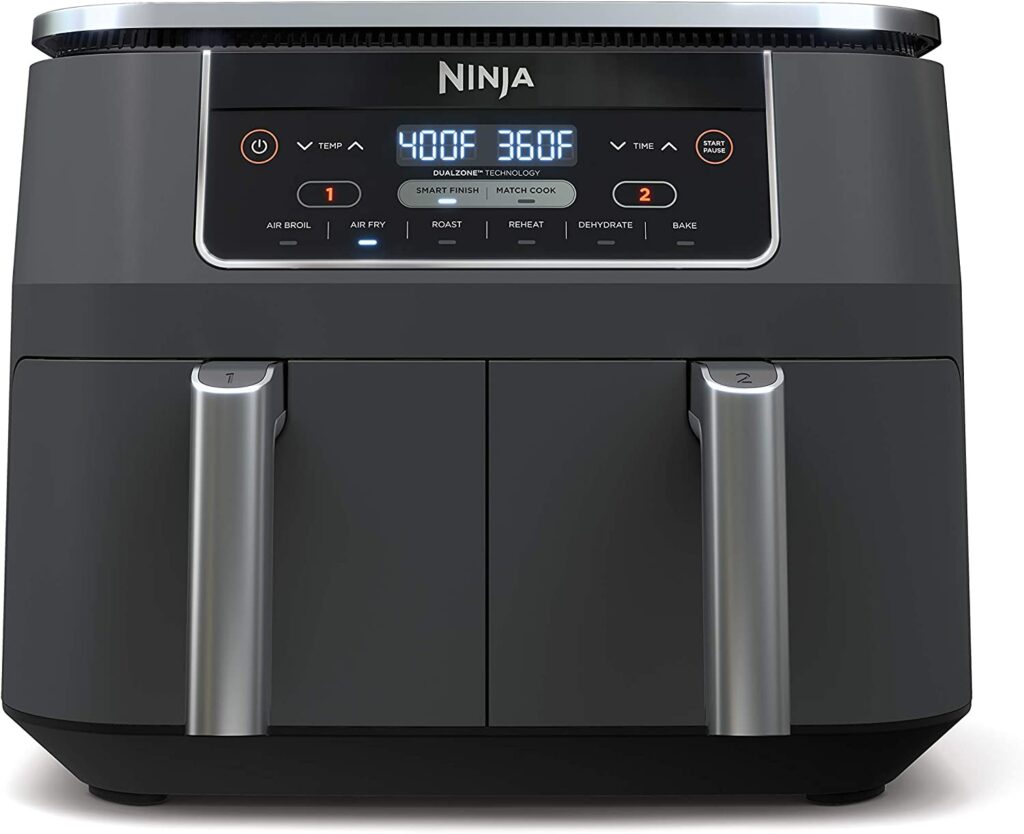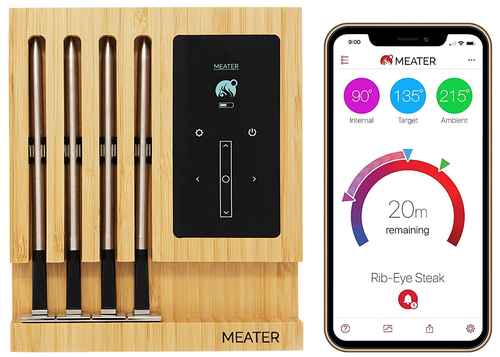Fish Fillets Air Fryer Recipe : A Comprehensive Guide
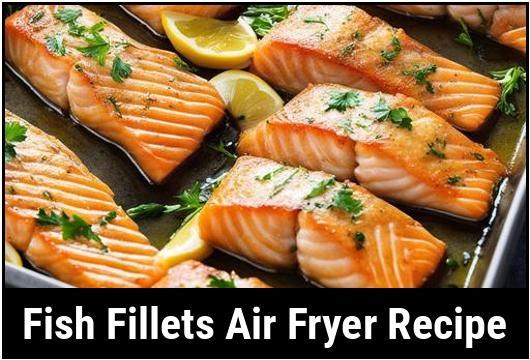
Air fryers have become increasingly popular in recent years as a healthier alternative to traditional deep frying. These handy appliances use hot air circulation to cook food, resulting in crispy and delicious dishes without the need for excessive amounts of oil. One dish that comes out perfectly in an air fryer is fish fillets. In this article, we will delve into the world of fish fillets prepared in an air fryer, exploring everything from food science to culinary details, selection, cleaning, preparation, tips, variations, doneness checks, and finally, a detailed recipe. So, grab your air fryer and get ready to enjoy a delicious and nutritious fish fillet at home!
The Science behind Perfectly Cooked Fish Fillets
To fully understand the art of cooking fish fillets in an air fryer, it’s essential to grasp the science behind it. The hot air circulation in an air fryer works by rapidly circulating heat around the food, creating a similar effect to convection ovens. This hot air effectively replaces the need for oil and ensures a crispy exterior while keeping the inside moist and tender.
When it comes to fish fillets, the high heat provides a rapid cooking process, preventing the fish from drying out. The dry heat in the air fryer also aids in achieving that desired crunchy texture on the outside. However, to master the art of cooking fish fillets, a few culinary details and preparations are necessary.
Selecting the Perfect Fish Fillets
Before you even start cooking, you need to choose the right fish fillets. Opt for fresh fillets that are firm, shiny, and have a mild odor. The type of fish you choose also plays a significant role in the overall taste and texture. Some popular options for air fryer fish fillets include:
- Salmon: Rich in omega-3 fatty acids, salmon fillets are a popular choice due to their meaty texture and distinctive flavor.
- Tilapia: Mild in taste and versatile, tilapia fillets are ideal for those seeking a neutral-tasting fish.
- Cod: Cod fillets are flaky with a slightly sweet flavor, making them an excellent choice for air frying.
- Halibut: With its delicate yet meaty texture, halibut is a premium choice for fish fillets, perfect for special occasions.
Remember to adjust cooking times based on the thickness and type of fish you choose.
Cleaning and Preparing the Fish Fillets
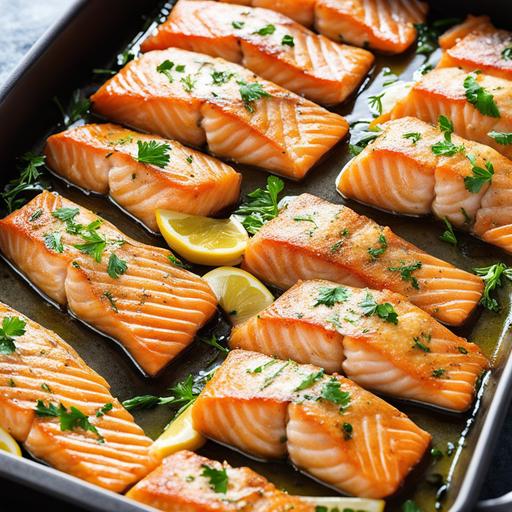
Properly cleaning and preparing the fish fillets plays a vital role in ensuring a delicious outcome. Follow these steps:
- Pat the fish fillets dry using paper towels to remove any excess moisture. This step is essential as it helps achieve that coveted crispiness.
- If the fillets still have skin on, you have the option to remove it or leave it on depending on personal preference.
- Season the fillets with your choice of seasoning. A simple combination of salt, pepper, and lemon juice works wonders in enhancing the natural flavors of the fish.
Tips to Ensure Perfectly Cooked Fish Fillets
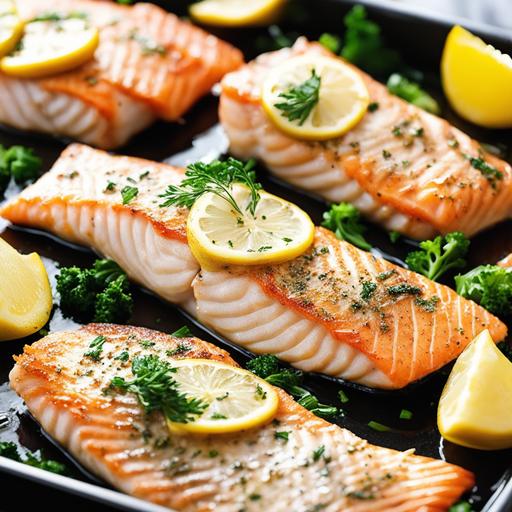
To achieve perfectly cooked fish fillets in your air fryer, keep these tips in mind:
- Preheat your air fryer: Just like with an oven, preheating your air fryer is crucial. Set it to the desired temperature and allow it to heat for a few minutes before adding the fish fillets. Preheating ensures a consistent cooking temperature throughout the cooking process.
- Space fillets evenly: When placing the fish fillets into the air fryer basket, ensure they are spaced evenly. This allows the hot air to circulate freely around each fillet, ensuring even cooking and crispy texture.
- Flip halfway through: To achieve even browning and crispiness on both sides, flip the fish fillets. Usually, this is done halfway through the cooking time. Be gentle when flipping to avoid breaking the delicate fillets.
- Avoid overcrowding: If you have a large batch of fillets to cook, it’s best to cook them in multiple batches to avoid overcrowding. Overcrowding can lead to uneven cooking and a lack of crispy texture.
Doneness checks: How to Know When the Fish Fillets are Ready
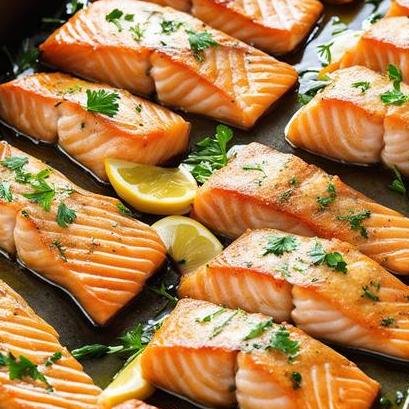
Knowing when your fish fillets are perfectly cooked is essential to avoid overcooking or undercooking them. Here are a few methods to determine their doneness:
- Visual cues: A perfectly cooked fish fillet will have an opaque, flaky interior. Use a fork to gently separate the flakes of the fish. If they easily come apart and are no longer translucent, they are likely done.
- Internal temperature: Using an instant-read thermometer, aim for an internal temperature of 145°F (63°C). Insert the thermometer into the thickest part of the fillet to get an accurate reading. This temperature ensures the fish is fully cooked while retaining its moisture.
- Time and texture: Depending on the thickness of the fillets and the type of fish, a general guideline is to cook them for about 10-15 minutes at 400°F (200°C). Keep an eye on the texture and adjust the cooking time accordingly. The fish should be crispy on the outside and flaky on the inside.
Fish Fillets Air Fryer Recipe
Now that you have a thorough understanding of the culinary aspects and science of cooking fish fillets in an air fryer, it’s time to try your hands on an exemplary recipe! Here’s a simple and versatile recipe that works well with various types of fish:
Air Fryer Lemon Herb Fish Fillets
Ingredients:
- 4 fish fillets (salmon, tilapia, cod, or halibut)
- 2 tablespoons olive oil
- 1 tablespoon lemon juice
- 1 teaspoon dried herbs (such as thyme, rosemary, or dill)
- Salt and pepper to taste
Instructions:
- Preheat your air fryer to 400°F (200°C).
- Pat the fish fillets dry using paper towels.
- In a small bowl, mix together the olive oil, lemon juice, dried herbs, salt, and pepper.
- Brush both sides of the fish fillets with the herb mixture, ensuring they are evenly coated.
- Place the fillets in the air fryer basket, evenly spaced to allow for proper circulation.
- Cook for 10-15 minutes, flipping the fillets halfway through the cooking time.
- Check for doneness using the visual cues mentioned earlier or an instant-read thermometer.
- Once done, remove the fish fillets from the air fryer and allow them to rest for a few minutes before serving.
Variations and Serving Suggestions
This recipe serves as an excellent base for various flavor variations. Consider experimenting with the following additions or modifications:
- Cajun Spice: Add a kick to your fish fillets by sprinkling Cajun spice mix before cooking.
- Garlic Parmesan: Toss minced garlic and grated Parmesan cheese onto the fillets before air frying for a flavorful crust.
- Taco Seasoning: Create fish tacos by seasoning the fillets with taco seasoning and serving them with tortillas, salsa, and your favorite toppings.
- Asian-inspired: Brush the fillets with a mixture of soy sauce, ginger, garlic, and a touch of honey before air frying. Serve with steamed rice and stir-fried vegetables for a complete meal.
When it comes to serving, fish fillets are incredibly versatile. Here are a few suggestions:
- Stand-alone dish: Enjoy the fish fillets as a main course alongside steamed vegetables or a fresh salad.
- Fish tacos: As mentioned earlier, use the fillets as a filling for delicious and healthy fish tacos.
- Fish sandwiches: Serve the cooked fillets on a bun with some tartar sauce or lettuce, creating a satisfying fish sandwich.
- Fish and chips: For a wholesome meal, serve the crispy fillets with a side of air fryer sweet potato fries or traditional fries.
Remember, the possibilities are endless when it comes to serving and flavoring fish fillets cooked in an air fryer. Let your creativity guide you!
In conclusion, cooking fish fillets in an air fryer offers a healthy and convenient way to achieve crispy and perfectly cooked results. From food science to culinary details, selection, cleaning, preparation, tips, variations, doneness checks, and a scrumptious recipe, this article covered everything you need to know to get started with fish fillets in your air fryer. So, go ahead, try the recipe, and savor the delectable results of your culinary adventure!
Sources
FAQS On Fish Fillets Air Fryer Recipe
What Is An Air Fryer?
An air fryer is a kitchen appliance that uses hot air and a convection mechanism to cook food quickly and evenly.
Can Fish Fillets Be Cooked In An Air Fryer?
Yes, fish fillets can be cooked in an air fryer. In fact, air frying is a healthier alternative to traditional deep-frying.
Why Is Air Frying Better For Cooking Fish Fillets?
Air frying uses less oil compared to deep-frying, resulting in a healthier meal with fewer calories and less fat. It also helps to retain the nutrients and natural flavors of the fish.
What Type Of Fish Fillets Work Best For Air Frying?
Firmer fish fillets, such as tilapia, cod, salmon, or halibut, work best for air frying. Delicate fish, such as sole or flounder, may not hold up well in the air fryer.
Do I Need To Preheat My Air Fryer Before Cooking Fish Fillets?
Yes, it is recommended to preheat your air fryer before cooking fish fillets. This allows for even cooking and helps to prevent the fish from sticking to the basket.
How Long Does It Take To Cook Fish Fillets In An Air Fryer?
The cooking time for fish fillets in an air fryer will vary depending on the type and thickness of the fillets. In general, it takes about 10-12 minutes at 400 degrees Fahrenheit to cook fish fillets in an air fryer.
Can I Use A Batter Or Coating On My Fish Fillets When Air Frying?
Yes, you can use a light batter or coating on your fish fillets when air frying. However, it is important to lightly spray the fillets with cooking oil before air frying to prevent them from sticking to the basket.

